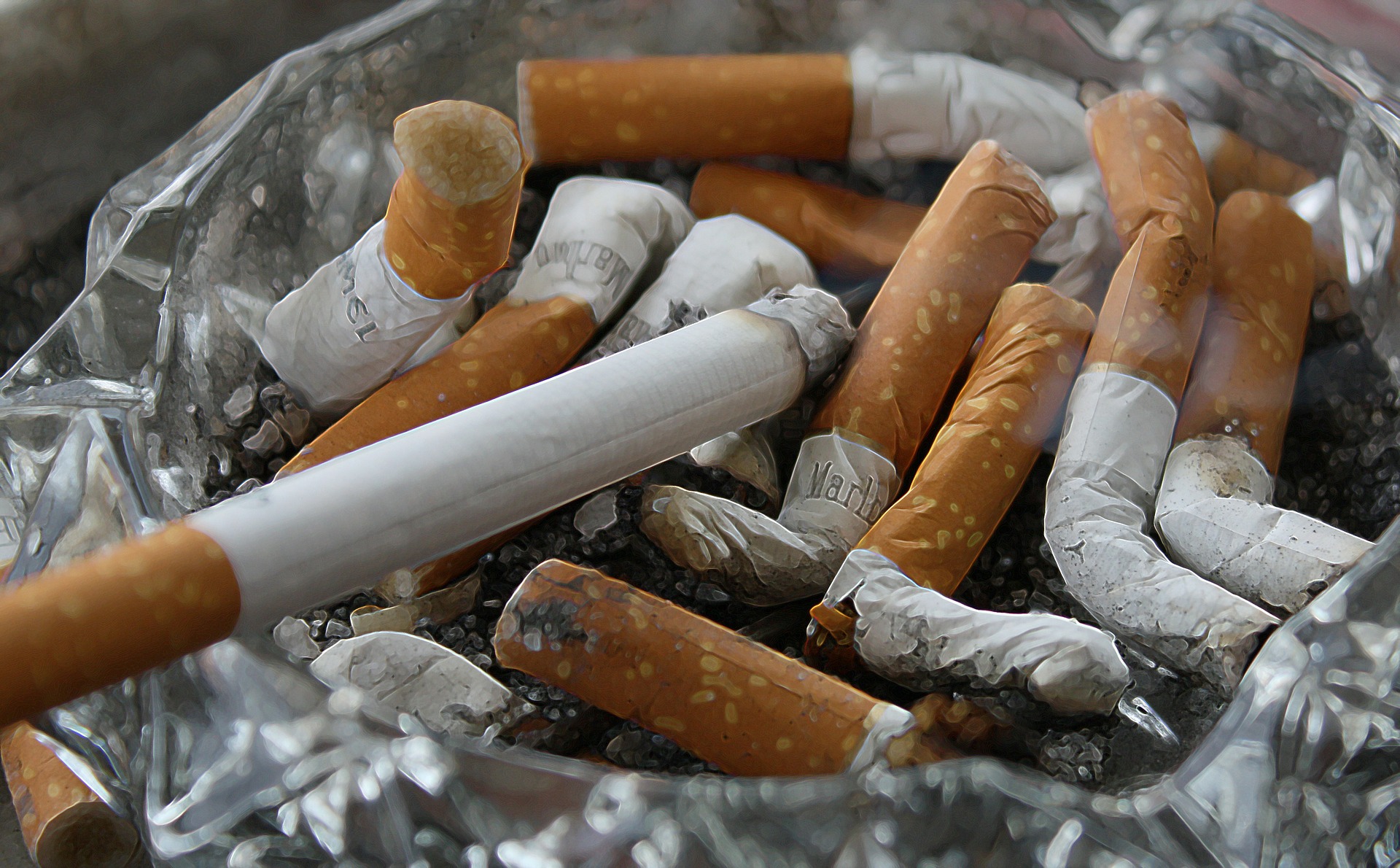The detrimental effects of smoking on health are well-established, but when it comes to kids, the consequences are even more significant. Children exposed to tobacco smoke face a range of health risks, both immediate and long-term. In this blog post, we’ll delve into important tobacco facts and the impact of smoking on kids.
- Secondhand Smoke Exposure: Even if kids don’t actively smoke, exposure to secondhand smoke is a serious concern. Secondhand smoke contains over 7,000 chemicals, including hundreds that are toxic and about 70 that can cause cancer. Children exposed to secondhand smoke are at an increased risk of respiratory infections, sudden infant death syndrome (SIDS), and developmental issues.
- Respiratory Health Risks: Children’s respiratory systems are still developing, making them more susceptible to the harmful effects of smoking. Exposure to tobacco smoke can lead to conditions such as asthma, bronchitis, pneumonia, and impaired lung function.
- Negative Impact on Brain Development: Smoking during pregnancy and exposure to secondhand smoke can negatively impact fetal brain development. This may lead to cognitive and behavioral issues in children, affecting their learning abilities and overall academic performance.
- Increased Risk of Ear Infections: Children exposed to tobacco smoke are more likely to experience ear infections. Smoking can lead to the inflammation of the Eustachian tubes, increasing the risk of diseases that may impact hearing and speech development.
- Higher Likelihood of Nicotine Addiction: Kids exposed to smoking at an early age may be more inclined to experiment with tobacco themselves. Early exposure increases the likelihood of nicotine addiction, setting the stage for a lifetime of health challenges.
- Role Modeling Behavior: Smoking parents and caregivers serve as powerful role models for children. Kids often mimic the behaviors they observe at home. Quitting smoking not only benefits the health of the adult but also sets a positive example for the younger generation.
- Educational Initiatives: Educational programs in schools and communities play a crucial role in raising awareness about the dangers of smoking. Teaching kids about the health risks associated with tobacco use empowers them to make informed decisions and resist peer pressure.
- Smoke-Free Environments: Creating smoke-free environments is essential to protect kids from secondhand smoke. Implementing and promoting smoke-free policies in homes, cars, and public spaces contribute to healthier living environments for children.
- Support for Smoking Cessation: If parents or caregivers smoke, seeking support for smoking cessation is vital. Numerous resources, including counseling, support groups, and medications, can assist in the journey to quit smoking and create a healthier environment for children.
- Advocacy for Tobacco Control Policies: Advocating for and supporting tobacco control policies at local, national, and international levels is essential. Policies such as increased taxation on tobacco products, advertising restrictions, and smoke-free laws contribute to reducing the prevalence of smoking and protecting children from exposure.
Protecting children from the harmful effects of smoking requires a multifaceted approach involving education, advocacy, and support for smoking cessation. By understanding the tobacco facts and taking proactive measures, we can create a healthier, smoke-free environment for kids, fostering their well-being and setting the foundation for a tobacco-free future.

